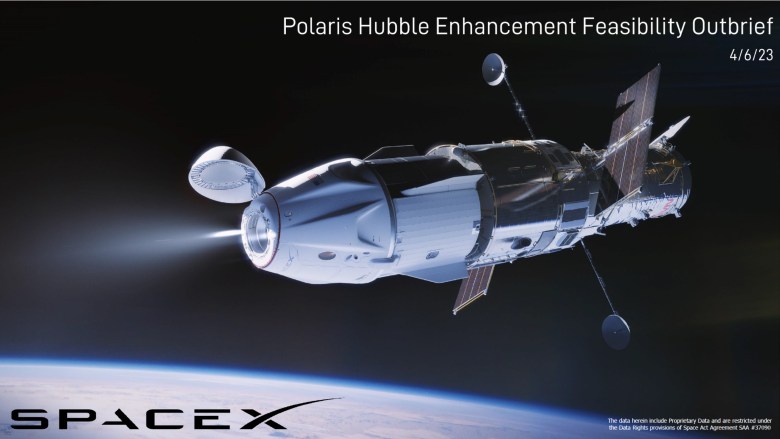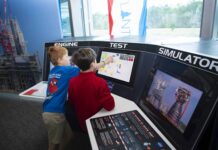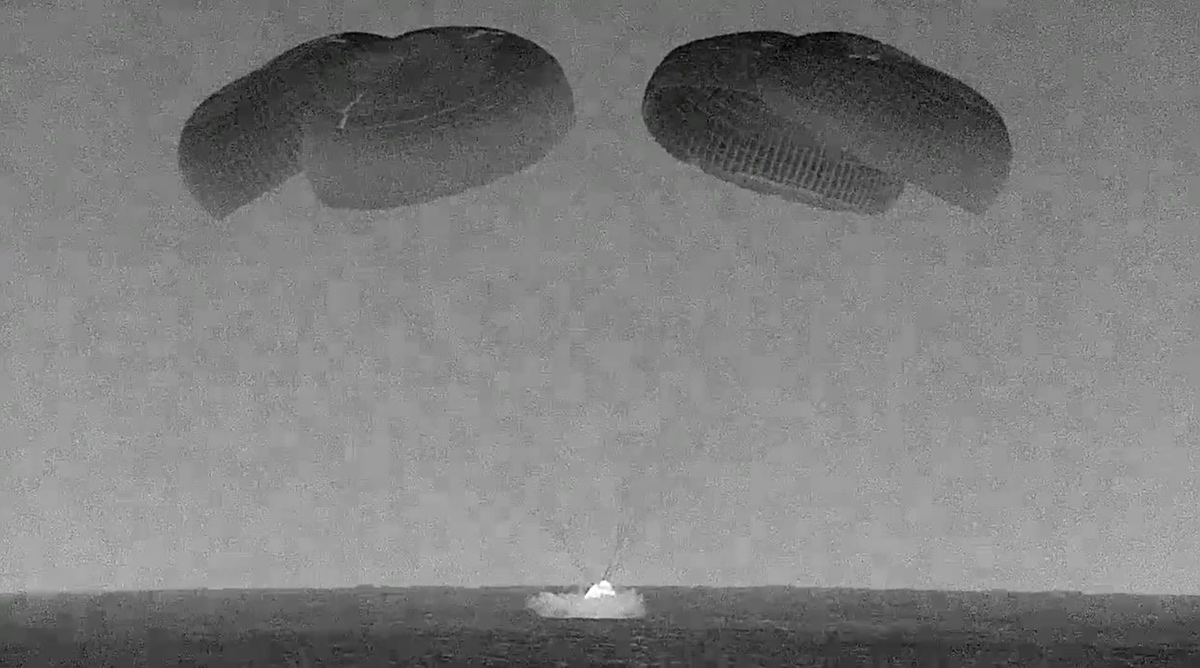SpaceX Crew Dragon Completes Historic Polaris Dawn Mission
PARIS — On September 15, a SpaceX Crew Dragon spacecraft named "Resilience" successfully landed in the Gulf of Mexico, marking the end of a five-day mission known as Polaris Dawn. This mission was particularly notable for featuring the first commercial spacewalk ever conducted.
The spacecraft splashed down near Dry Tortugas, a region in the Gulf of Mexico west of Key West, Florida, at 3:37 a.m. Eastern Time. SpaceX decided on this new landing site due to unfavorable weather conditions at the previously planned locations along the Gulf and Atlantic coasts of Florida, which had already caused a nearly two-week delay in the mission’s launch.
The completion of Polaris Dawn signifies the end of SpaceX’s fifth private astronaut mission. Jared Isaacman, the mission commander, announced the successful conclusion of the mission with the words, "Polaris Dawn, we are mission complete," moments after the splashdown.
Command and Crew of Polaris Dawn
Jared Isaacman, a billionaire entrepreneur who also led the Inspiration4 mission three years ago, commanded the Polaris Dawn mission. The crew included Kidd Poteet, a former Air Force pilot serving as the mission’s pilot, and two SpaceX engineers, Sarah Gillis and Anna Menon, who acted as mission specialists.
Launch and Orbit
The Crew Dragon spacecraft was launched into an elliptical orbit by a Falcon 9 rocket on September 10. Initially, the spacecraft was placed into an orbit approximately 190 by 1,200 kilometers. Later, on the first day of the mission, the Dragon raised its orbit to reach an apogee (the highest point in its orbit) of 1,408.1 kilometers. This altitude is the highest achieved by any crewed Earth orbital mission since the Apollo 17 mission to the moon in 1972. After six orbits, the spacecraft then lowered its apogee to about 720 kilometers.
First Commercial Spacewalk
One of the most remarkable aspects of this mission was the first commercial spacewalk, which occurred on September 12. All four crew members wore specially designed extravehicular activity (EVA) suits created by SpaceX. During this event, the cabin was depressurized, allowing Isaacman and Gillis to briefly exit through the hatch in the nose of the Dragon spacecraft. This "standup" spacewalk was primarily aimed at testing the performance of the new EVA suits.
Scientific Experiments and Communications
Following the spacewalk, the crew dedicated their time to conducting nearly 40 experiments. These experiments were aimed at studying the effects of the space environment on the human body and testing equipment that could be used to gather such data in future missions.
The mission also tested communications with ground control using SpaceX’s Starlink broadband constellation, which employs laser intersatellite links. Among the tests was a live broadcast of Sarah Gillis playing the violin while in orbit. Additionally, there was a live downlink communication session with SpaceX employees that lasted over 40 minutes without interruption, even as the Dragon’s Draco thrusters performed 16 burns.

The cover page of an April 2023 presentation showing how a SpaceX Crew Dragon spacecraft could reboost Hubble as part of the Polaris program. Nearly all the contents of the presentation itself, released under a FOIA request, were redacted.
Future of the Polaris Program
Polaris Dawn is the first in a series of three missions under the overarching Polaris program, which is spearheaded and funded by Isaacman. The ultimate goal of this series is to culminate in the first crewed launch of SpaceX’s ambitious Starship vehicle.
The details of the second mission in the Polaris series remain uncertain. During an August 19 briefing, Isaacman mentioned that the next mission would build upon the achievements and findings of Polaris Dawn. "We’re going to learn an awful lot from Polaris Dawn. It has big, very ambitious objectives. We’ll come back with a lot of data, and that’s what will ultimately inform the second mission," he said.
There were initial plans for SpaceX and Polaris to undertake a mission to the Hubble Space Telescope to reboost and potentially service it. However, NASA announced in June that it would not pursue any private servicing options for Hubble due to concerns that such a mission might damage the telescope.
NASA has not provided detailed information about the study that led to this decision. Presentations regarding the study, which were released following a Freedom of Information Act (FOIA) request, were heavily redacted. Most of the redacted content was marked as commercial proprietary information or protected under the "deliberative process privilege." The only unredacted information pertained to general details about the Hubble Space Telescope.
The presentations did include an illustration demonstrating how such a mission could work. In the illustration, the Dragon’s trunk section is attached to the base of Hubble, with thrusters in the nose of Dragon firing, presumably to raise the telescope’s orbit.
Good to Know Information
For those interested in space missions and the advancements in commercial space travel, the Polaris Dawn mission is a significant milestone. It not only highlights the potential for commercial space exploration but also sets the stage for future missions that could further push the boundaries of human space travel.
The mission’s experiments on the effects of space on the human body could provide invaluable data for long-duration missions, such as those to Mars. The successful test of SpaceX’s EVA suits also means that future spacewalks, whether for commercial or scientific purposes, could become more routine and less dependent on government space agencies.
Moreover, the use of SpaceX’s Starlink for seamless communication during the mission underscores the potential of satellite internet to provide reliable communication even in the most challenging environments.
Conclusion
The successful completion of the Polaris Dawn mission marks a significant achievement for SpaceX and the broader commercial spaceflight industry. With its groundbreaking commercial spacewalk and numerous scientific experiments, the mission has set new standards for what private space missions can accomplish. As we look forward to the next missions in the Polaris series, the data and experience gained from Polaris Dawn will undoubtedly inform and enhance future endeavors in space exploration.
For more detailed information, you can visit the original article on SpaceNews.
For more Information, Refer to this article.


































